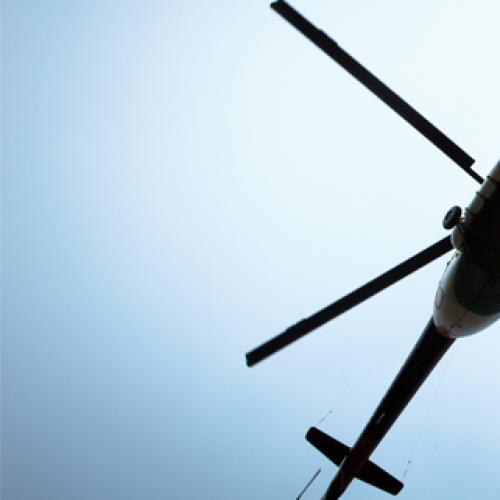Queensland insists it is winning the war against the spread of destructive fire ants.
Agricultural Minister Mark Furner and his department director-general rejected media reports fire ants had crossed into NSW, when they faced a budget estimates hearing on Wednesday.
Mr Furner’s confidence in dealing with the invasive pest comes after agriculture ministers agreed on a national plan, including a horseshoe configuration to contain the ants in Queensland’s southeast.
A treatment band to stop queen ants reproducing will surround the pests from Moreton Bay, west to the Lockyer Valley, east into the Gold Coast and south to the Tweed Shire.
It is in response to a nest found within kilometres of the NSW border last month.
“There is no evidence that it has crossed the border at this point,” Department of Agriculture and Fisheries director-general Chris Sarra said.
“I further note that we’re confident in the strategy that noting when it rises in various places it’s detected, identified and dealt with effectively.”
Fire ants are one of the world’s most invasive species. Their stings can threaten humans and livestock and they can devastate ecosystems.
Farmers in NSW recently called on the state government to consider reintroducing border checkpoints over fear the pests could affect cattle and spark quarantine zones.
Mr Furner said a national approach in accordance with a new taskforce was a world-leading response.
“If you compare the spread – and yes, there is some spread of fire ant in southeast Queensland, some 4km per annum – you compare that with the United States of 48km per year, China of 80km a year, that’s why we say this is the best program in the world,” he said.
“In fact, it’s the only program in the world where we’re succeeding in terms of dealing with this particular pest.
“Our program of dealing with this, not only with the national program but with the fire ant suppression task force, is combating this pest and we are winning.”
A Biosecurity Queensland report released in June found at least $3 billion would need to be allocated towards the eradication program if Australia was to be rid of fire ants by the 2032 Olympic Games.











